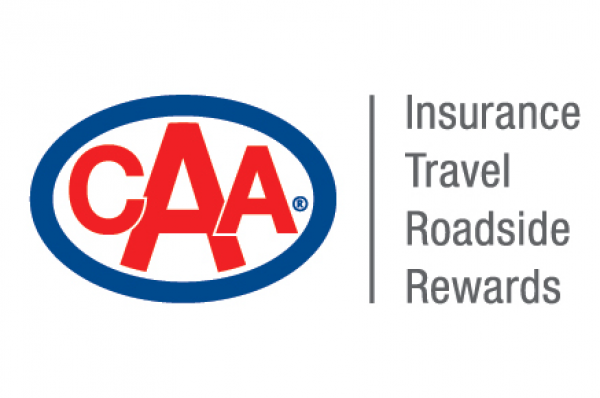The new initiative is in addition to the $100 Auto Insurance Relief Benefit and 10 per cent rate reduction
announced earlier in the year.
CAA Insurance Company is introducing a $50 relief benefit for its active auto policies in effect as of October 28, 2020. No action is required by insureds or their brokers to receive the benefit. Eligible policyholders should expect a $50 cheque in the mail, just in time for the holiday season.
“As the pandemic continues, so do the financial hardships faced by many households,” says Matthew Turack, president of CAA Insurance Company. “Ontarians have been looking to their insurance companies to help them save on their insurance premiums. We are very proud that CAA Insurance continues to lead the industry by helping drivers save on auto insurance costs and provide financial relief to families impacted by the pandemic.”
President & CEO of CAA Group, Jay Woo further adds, "We fully recognize that insurance is among the highest costs of every household and we are pleased to provide this additional financial relief to our valued Members. All throughout the CAA group of companies, we are continuing to find more ways to help our Members and Customers get through this global crisis."
Earlier this year, CAA Insurance was the first and only insurance company to offer both a 10 per cent rate reduction on home and auto policies for the duration of a 12-month policy term, and a $100 rebate for all active auto policies. In total, including this latest benefit, CAA Insurance will have given back over $60 million to help policyholders manage their expenses during these difficult times.
In a recent study, the Financial Services Regulatory Authority of Ontario (FSRA) examined rate relief measures by insurance companies during the pandemic (through June 30, 2020). CAA Insurance was identified as the top insurer, providing the highest percentage of rate relief to its policyholders.
In April 2020, a survey conducted by CAA South Central Ontario found that auto insurance is the area where Members (43 per cent) are most likely looking to reduce costs because of COVID-19, exceeding groceries, telecommunications and mortgages/rent payment.
CAA Insurance agents and brokers continue to assist customers in finding additional ways to adjust coverage and reduce payments to reflect changes in driving behaviour such as:
- CAA MyPace, Canada’s first and only pay-as-you-go auto insurance program, so you only pay for the kilometres you are using
- Reducing annual mileage amounts on policies
- Insurance adjustments for multiple cars that aren’t being driven
- A discount for drivers that install four matching winter tires for use during the winter months
Ontario drivers are encouraged to check with their agent or broker and make sure they explore all available options, as every insurance company is taking a different approach during the COVID-19 pandemic.





